- Overview
- MASLD and MASH
- Tests & Diagnosis
- Treatment and Prevention
- Complications
- Appointment Prep
- View Full Guide
11 Simple Daily Habits to Kick-Start Weight Loss for a Healthier Liver


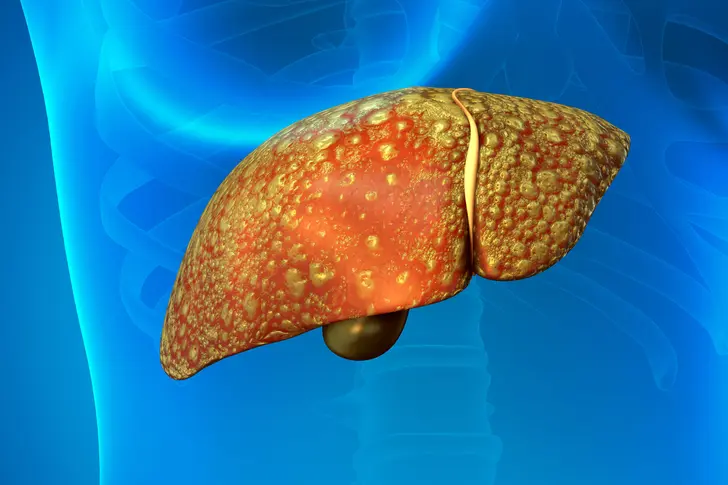
How Weight Loss Helps Your Liver
Metabolic dysfunction-associated steatotic liver disease (MASLD) happens when extra fat builds up in the liver. Treatment for MASLD starts with weight loss. Losing about 10% of your body weight at 1 to 2 pounds a week reduces the amount of fat in your liver and lowers the harmful inflammation that fuels liver damage. Weight loss isn't always easy, but a few healthy habits can help you take off extra pounds and keep them off.
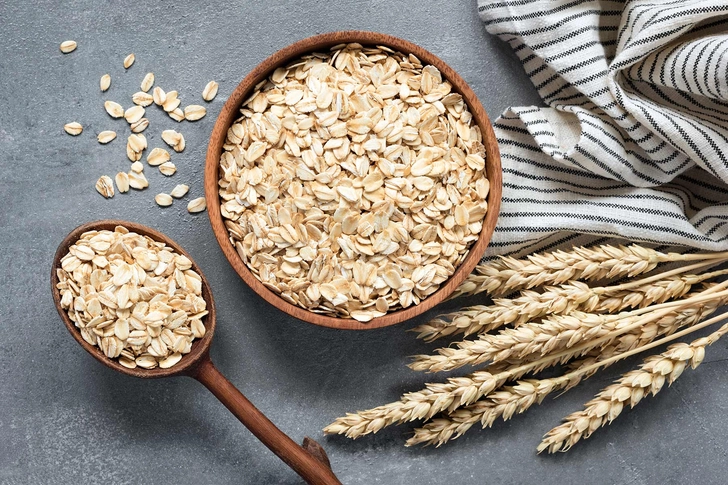
Fill Up on Fiber
Fiber – especially the soluble kind found in oats, beans, apples, and citrus fruits – slows digestion. High-fiber foods fill you up on fewer calories. If you don’t get hungry as quickly, you’ll eat less. "When we reduce food intake, the liver will burn up the fat stores that are already present and stop making extra fat," says Elizabeth J. Parks, PhD, a professor of nutrition at the University of Missouri School of Medicine.
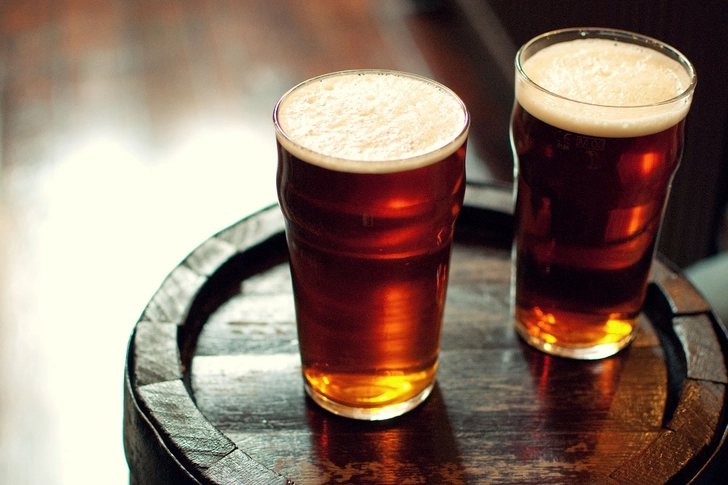
Cut Back on Alcohol
Alcohol puts extra stress on your liver. Even a few drinks a week increases the risk for liver scarring. Alcoholic beverages like wine, beer, and spirits stop your body from burning fat. This can cause a buildup of fat in liver cells, known as alcoholic fatty liver disease. Plus, the drinks only give you empty calories. A 12-ounce serving of beer has about 150 calories. A pina colada adds almost 400 calories to your daily total. Replace alcohol with water or a mocktail to protect your liver and help with weight loss.

Make Half Your Plate Vegetables
Focus on green vegetables, especially broccoli, Brussels sprouts, kale, and bok choy. These cruciferous veggies contain natural plant chemicals that may protect the liver. Limit starchy vegetables such as potatoes and corn. "All of those come into the body as glucose [sugar]," Parks says. "We never limit green leafy vegetables, because their carb content for their weight is pretty small. You get a lot of nutrients for almost no calories."

Swap Fruit for Dessert
The added processed sugars in candy, cupcakes, pastries, and cookies spike insulin levels. Insulin increases fat production in the liver. Instead of eating sweets for dessert, have fruit. Whole fruits like oranges and apples are rich in phytochemicals, which combat fat buildup in the liver. Fruit is also a good source of fiber. Swapping it for your usual sweets might even help you lose weight.
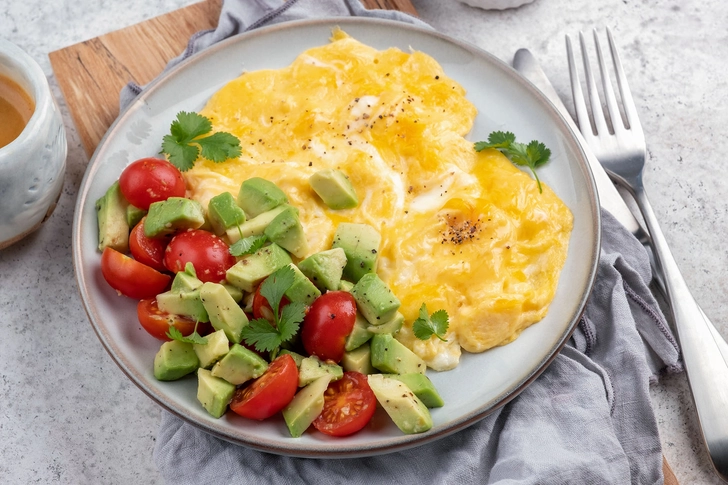
Pack Protein Into Breakfast
The typical American breakfast is loaded with carbs and sugar from staples like cereal, bagels, orange juice, and jam. Try a switch to high-protein foods like eggs, yogurt, and lean meat. "If we can get people to reduce sugars at breakfast, their glucose is lower the whole day, their insulin is lower, and they tend to feel fuller through the morning," Parks says. Protein also protects against weak muscles, which are linked to MASLD progression.

Take a 15-Minute Walk After Dinner
Exercise is the other foundation of MASLD treatment, along with diet. For the greatest benefit, pair aerobic exercises like walking and bike riding with strength training. Getting into the routine of walking after you eat will help you reach the recommended 150 minutes of aerobic activity a week. Plus, walking after a meal prevents blood sugar spikes and helps control insulin levels.
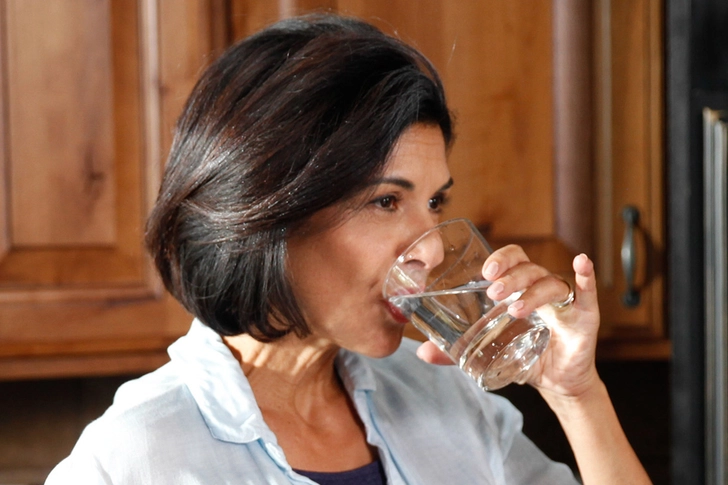
Drink Water Throughout the Day
Take a water bottle with you wherever you go. Staying hydrated helps your liver work better. Water also makes a good substitute for high-calorie drinks like soda and fruit juice that cause weight gain. If you find the taste of water boring, add fresh fruit like lemon, lime, or strawberries. Add bubbles for a healthier alternative to soda. Or, meet your daily water quota by eating more hydrating foods like tomatoes, cucumbers, and melon.

Carry Snacks With You
Pack a bag with nuts, an apple or other piece of fruit, celery sticks with peanut butter, yogurt, or cheese to snack on when you get hungry during the day. Having your own snacks will also prevent temptation if a friend or coworker wants to go out for coffee or lunch. "You can have the social time and sit down and eat together, but you’re not tempted to have what they’re having," Parks says.

Stop Eating by 7 p.m.
Your liver converts sugar into fat in the middle of the night while you sleep. If you eat too late, you put in more food at a time when your fat production is most active. Intermittent fasting is an eating plan where you only eat during a specific time period each day – like 8 a.m. to 6 p.m. Research has shown that intermittent fasting helps many people with MASLD reduce liver fat by at least 30%.

Have a Cup of Coffee
Coffee not only perks you up in the morning. It also protects your liver. People with MASLD who drink two to three cups of coffee a day are less likely to develop serious scarring and stiffening of their liver, called fibrosis. Just be careful about what you add to your coffee. A little skim milk and a zero-calorie sweetener is fine. But if you load coffee up with cream, sugar, and flavorings, it turns into dessert.

Create a Consistent Sleep Routine
Sleep is essential to good health, which is why experts recommend that adults get seven to nine hours a night. But MASLD can lead to more fragmented sleep, where you wake up often during the night. To sleep better, turn off your smartphone and other devices at least an hour before bed. Avoid caffeine after 2 p.m. And keep your bedroom cool, dark, and quiet for optimal rest.
IMAGES PROVIDED BY:
- iStock/Getty Images
- Moment/Getty Images
- Moment/Getty Images
- iStock/Getty Images
- iStock/Getty Images
- iStock/Getty Images
- Maskot/Getty Images
- WebMD Ignite
- iStock/Getty Images
- Victor Potasyev/Getty Images
- Thomas Barwick/Getty Images
- DigitalVision/Getty Images
SOURCES:
American Gastroenterological Association: "Obesity: MASLD and Lifestyle Changes – Health Habits for Weight Loss."
American Liver Foundation: "Tips on How to Take Care of Your Liver."
CDC: "About Sleep," "Adult Activity: An Overview."
Cleveland Clinic: "How Walking After Eating Impacts Your Blood Sugar," "Metabolic Dysfunction-Associated Steatotic Liver Disease (MASLD)."
Clinical Gastroenterology and Hepatology: "Effects of Intermittent Calorie Restriction in Nondiabetic Patients with Metabolic Dysfunction-Associated Steatotic Liver Disease."
Elizabeth J. Parks, PhD, professor of nutrition, University of Missouri School of Medicine.
Frontiers in Network Physiology: "Significant Nocturnal Wakefulness After Sleep Onset in Metabolic Dysfunction-Associated Steatotic Liver Disease."
Frontiers in Nutrition: "Association of Plain Water Intake with Risk of All-Cause and Cause-Specific Mortality in Individuals with Non-Alcoholic Fatty Liver Disease or Metabolic Dysfunction-Associated Steatotic Liver Disease."
Johns Hopkins Medicine: "Intermittent Fasting: What Is It, and How Does It Work?"
Journal of Hepatology: "Low-to-Moderate Alcohol Consumption is Associated with Increased Fibrosis in Individuals with Metabolic Dysfunction-Associated Steatotic Liver Disease."
Mayo Clinic: "Dietary Fiber: Essential for a Healthy Diet."
MedlinePlus: "Calorie Count – Alcoholic Beverages."
National Health Service (U.K.) Bradford Teaching Hospitals: "MASLD (Fatty Liver Disease)."
Nutrients: "A Comprehensive Critical Assessment of Increased Fruit and Vegetable Intake on Weight Loss in Women," "Daily Orange Consumption Reduces Hepatic Steatosis Prevalence in Patients with Metabolic Dysfunction-Associated Steatotic Liver Disease: Exploratory Outcomes of a Randomized Clinical Trial," "Different Associations of Coffee Consumption with the Risk of Incident Metabolic Dysfunction-Associated Steatotic Liver Disease and Advanced Liver Fibrosis," "Implications of Protein and Sarcopenia in the Prognosis, Treatment, and Management of Metabolic Dysfunction-Associated Steatotic Liver Disease (MASLD)," "Optimal Vegetable Intake for Metabolic Dysfunction-Associated Steatotic Liver Disease (MASLD) Prevention: Insights from a South Italian Cohort."
Victoria State Government Department of Health: "Alcohol and weight gain."